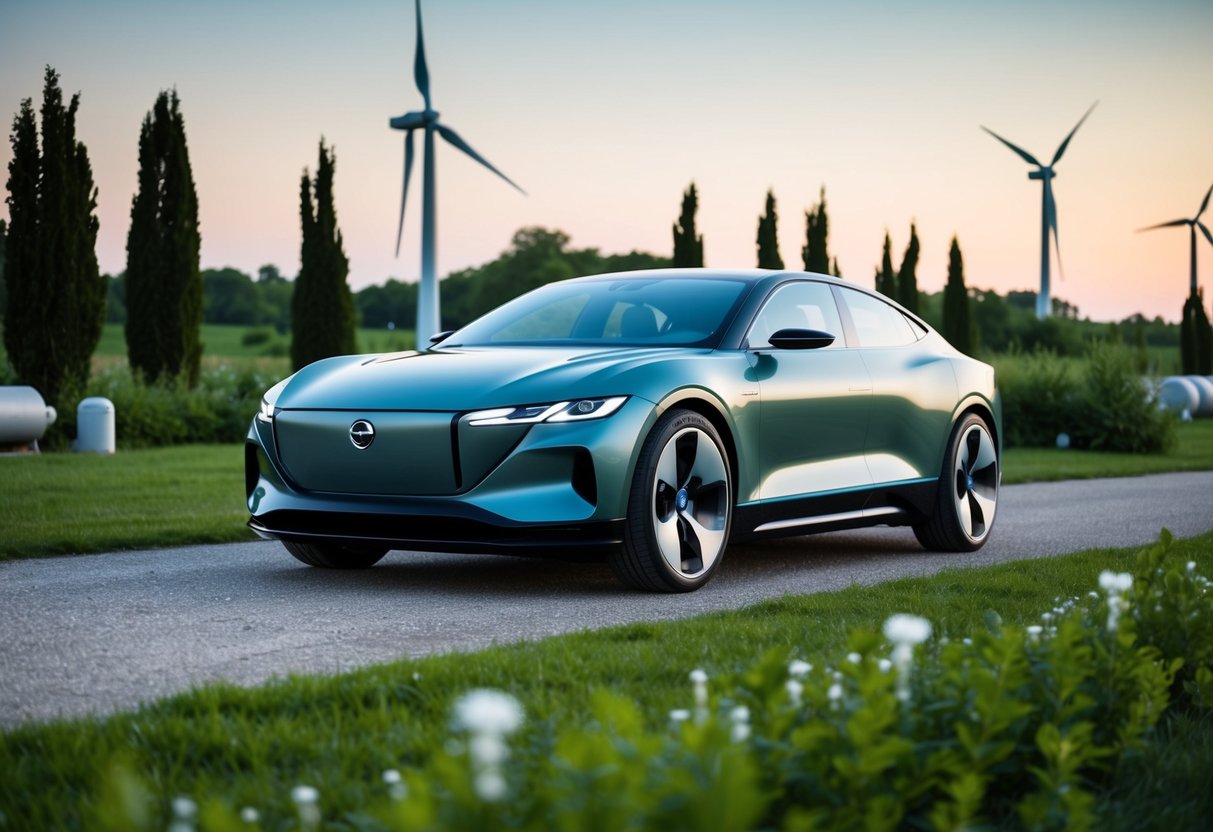
The Significance of Connected Vehicles
Connected vehicles bring a new level of connectivity to transportation. These vehicles communicate with each other and infrastructure via vehicle-to-everything (V2X) technology. This connectivity enhances traffic management and reduces congestion by providing real-time data to optimize routes.
Embedded systems in connected vehicles offer features like real-time navigation updates, remote diagnostics, and infotainment services. Passengers benefit from personalized entertainment and driver assistance, making journeys more comfortable and efficient.
As the Internet of Things (IoT) becomes more integrated into daily life, connected vehicles will play a significant part in the broader smart city ecosystem. Ensuring secure communication channels and data privacy are priorities, as these vehicles continuously exchange information across networks. Implementing robust cybersecurity measures will help protect against potential threats and unauthorized access.
Environmental Impact of Automotive Advances
Automotive advancements have led to both positive and negative environmental outcomes. Key areas include lifecycle impacts of vehicles and sustainable solutions for end-of-life stages.
Analyzing Lifecycle Impacts
Vehicle production and usage heavily influence the environment. From mining materials to manufacturing, every stage leaves a footprint. Choosing sustainable materials, like bamboo or hemp, can reduce emissions during production.
Alongside this, integrating recycled materials into car components helps lessen the demand for new resources. Eco-friendly designs, such as those utilizing lightweight components, can decrease fuel consumption. Reduced emissions at use-phase stages further contribute to minimizing environmental impact. Companies tracking these impacts promote transparency and improvement.
Electric and hybrid vehicles present unique lifecycle challenges. Battery production and disposal require careful consideration to maintain environmental benefits. Nonetheless, progress in recycling technologies for batteries aids in reducing lifecycle emissions significantly.
Sustainable End-of-Life Vehicle Solutions
Addressing what happens when vehicles reach end-of-life stages is crucial. Innovative recycling tactics are being developed to dismantle cars efficiently. This ensures high recovery of valuable materials.
Companies are now investing in designing vehicles with end-of-life solutions in mind. Modular construction allows easier dismantling, promoting recyclability. By focusing on reclaiming metals, plastics, and other components, the environmental burden is minimized.
Legislation plays a role in ensuring proper recycling practices. Governments worldwide are implementing stricter guidelines for vehicle disposal. These measures encourage manufacturers to develop greener cars from the start. Sustainable measures actively contribute to reducing waste and preserving resources, making automotive advancements less detrimental to the environment.
The Use of Carbon Fiber in Modern Cars
Carbon fiber is increasingly utilized in the automotive industry as a sustainable material that offers both innovative design possibilities and significant performance enhancements. While it presents certain challenges, its growing application demonstrates its potential to revolutionize vehicle construction.
Benefits
Carbon fiber is renowned for its lightweight properties, which contribute to improved fuel efficiency and reduced emissions. This aligns well with sustainability goals in car manufacturing. In addition to these ecological benefits, carbon fiber offers exceptional strength and rigidity, enhancing vehicle performance and safety. Its ability to be molded into complex shapes allows for innovative car designs, meeting both aesthetic and functional requirements.
Challenges
While carbon fiber offers many advantages, its use in cars is not without obstacles. The high production cost remains a significant barrier, making it less accessible for mass-market vehicles. Additionally, the manufacturing process can be labor-intensive, requiring specialized skills. Recycling carbon fiber is also challenging, which complicates efforts to minimize environmental impact. Despite these issues, ongoing advancements continue to drive its adoption in modern car design.



